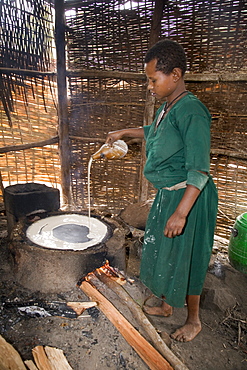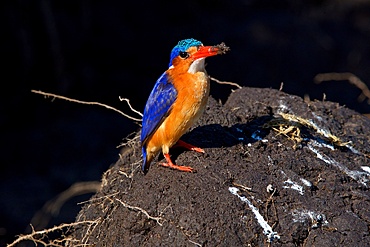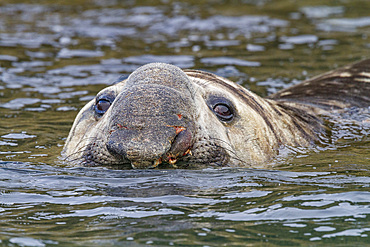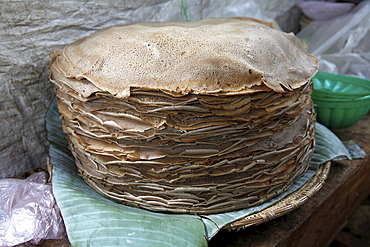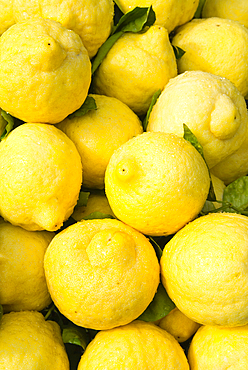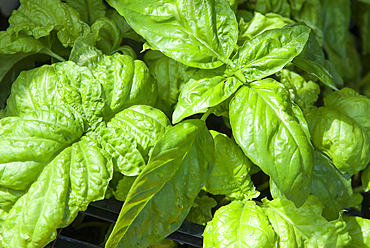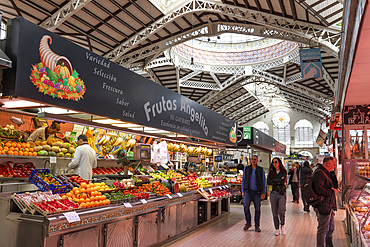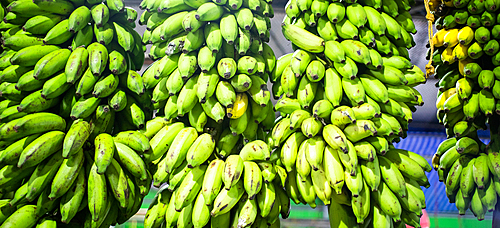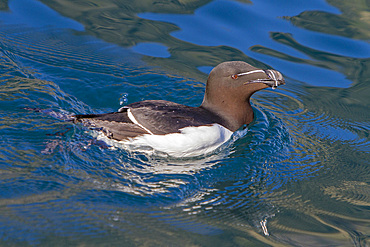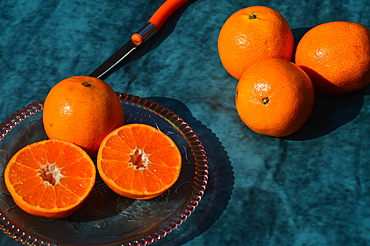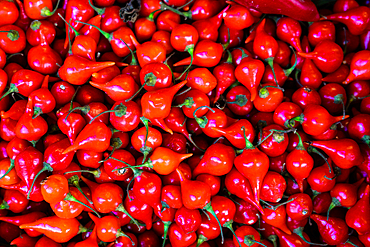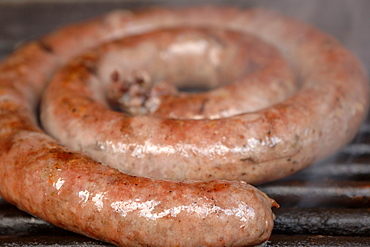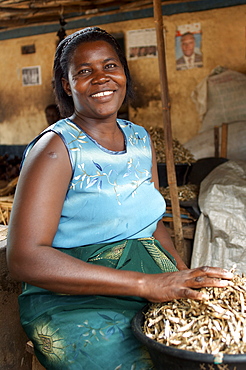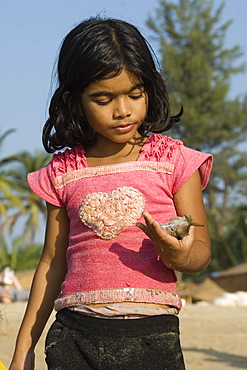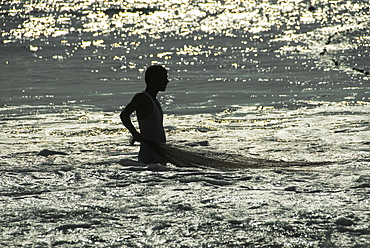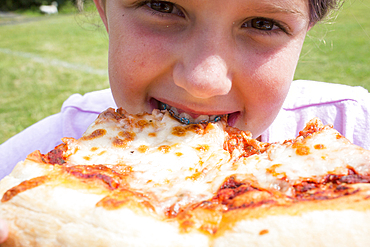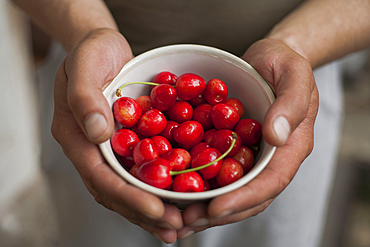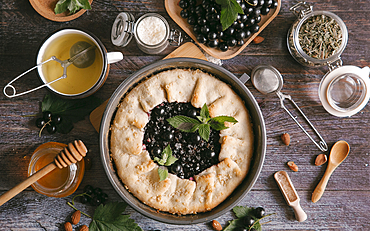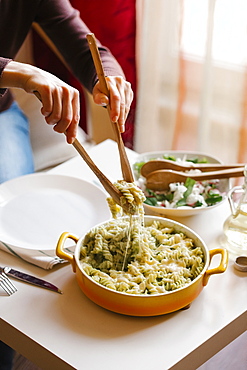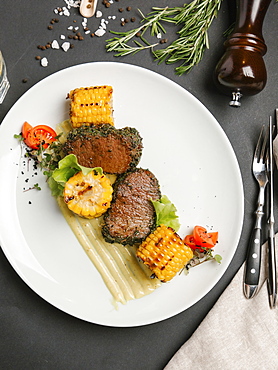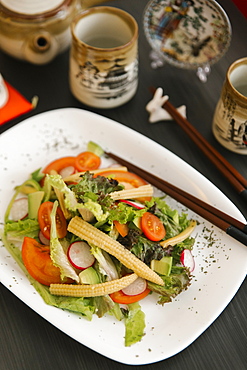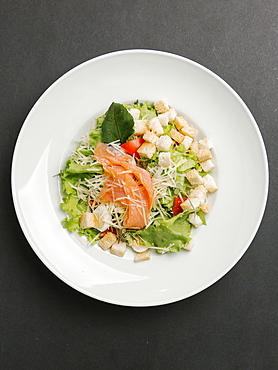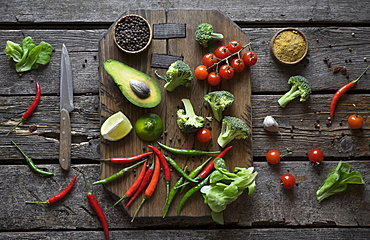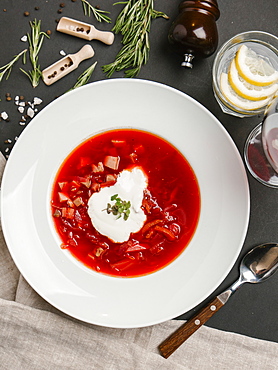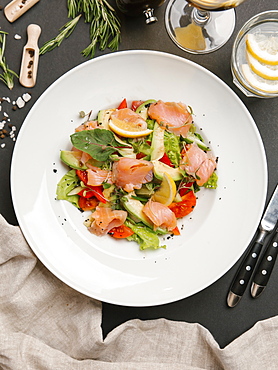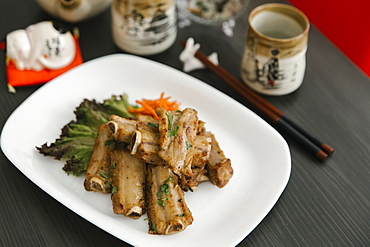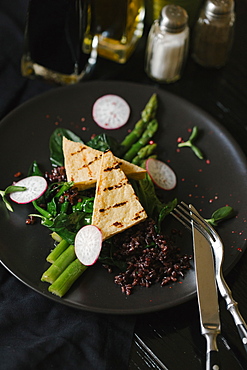Results
38 results found
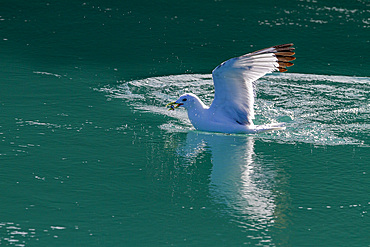
Black-legged kittiwake (Rissa tridactyla) feeding on small fish in Tracy Arm, Southeast Alaska, United States of America, North America
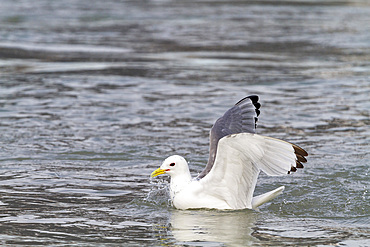
Adult black-legged kittiwakes (Rissa tridactyla) feeding at the base of a glacier in the Svalbard Archipelago, Norway, Arctic, Europe
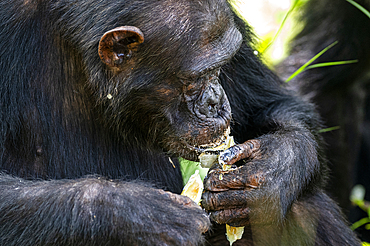
Chimpanzee (Pan troglodytes), Gombe Stream National Park, Lake Tanganyika, Tanzania, East Africa, Africa
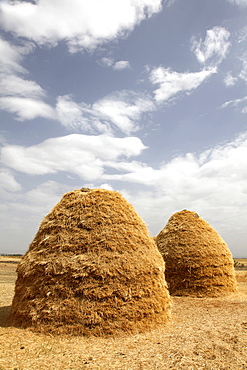
Mounds of teff grain dry in fields in Ethiopia, to make flour for injera, the national dish and staple diet of the country, Ethiopia, Africa
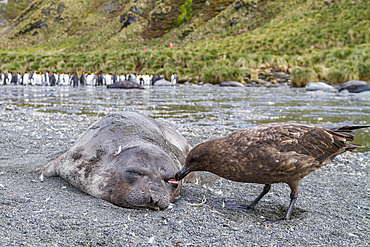
Dead southern elephant seal (Mirounga leonina) pup being eaten by an Antarctic skua on South Georgia Island, Southern Ocean
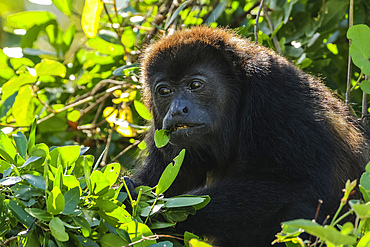
Female mantled howler monkey (Alouatta palliata) known for its loud call, eating in Pacific coast forest, Esperanza, Nosara, Guanacaste, Costa Rica
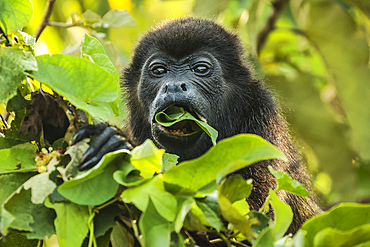
Female mantled howler monkey (Alouatta palliata) eating tree leaves in a north Pacific coast forest, Esperanza, Nosara, Guanacaste, Costa Rica
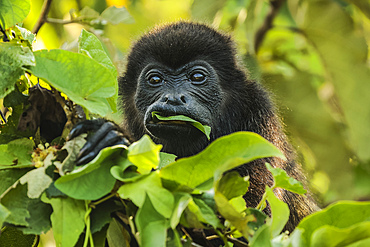
Female mantled howler monkey (Alouatta palliata) eating tree leaves in a north Pacific coast forest, Esperanza, Nosara, Guanacaste, Costa Rica
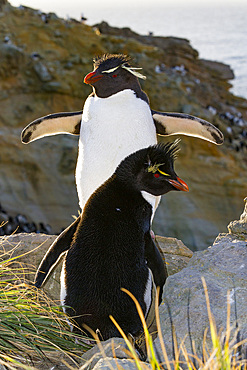
Adult rockhopper penguins (Eudyptes chrysocome chrysocome) at breeding and molting colony on New Island, Falkland Islands
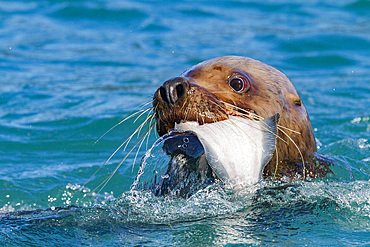
Northern (Steller) sea lion (Eumetopias jubatus) close-up eating a halibut in Southeastern Alaska, United States of America
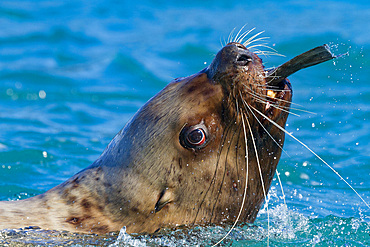
Northern (Steller) sea lion (Eumetopias jubatus) close-up eating a halibut in Southeastern Alaska, United States of America
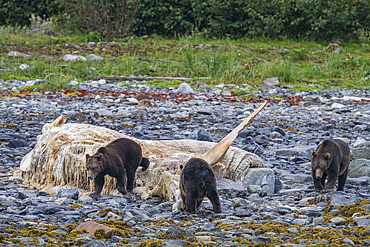
Adult brown bears (Ursus arctos) feeding on humpback whale carcass, Scidmore Cut, Glacier Bay National Park, Alaska, United States of America
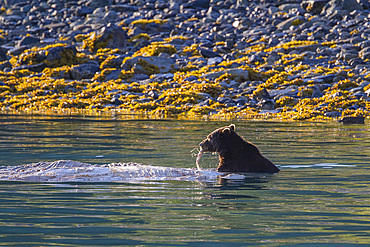
Adult brown bear (Ursus arctos) feeding on humpback whale carcass in Glacier Bay National Park, Alaska, United States of America
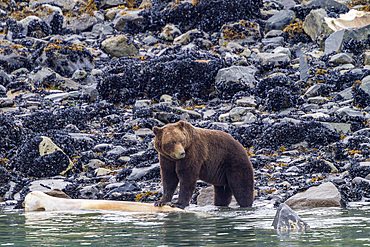
Adult brown bear (Ursus arctos) feeding on humpback whale carcass in Glacier Bay National Park, Alaska, United States of America

Adult brown bear (Ursus arctos) foraging for salmon at the Brooks River, Katmai National Park, Alaska, United States of America
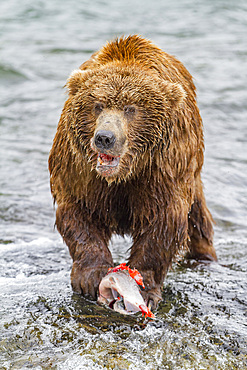
Adult brown bear (Ursus arctos) foraging for salmon at the Brooks River, Katmai National Park, Alaska, United States of America
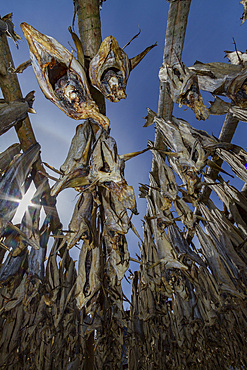
Cod drying on racks temporarily built for that purpose in the small fishing town of A in the Lofoten Island Group, Norway
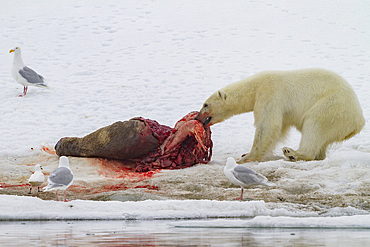
A young polar bear (Ursus maritimus) scavenging a fresh bearded seal kill recently vacated by old male that killed the seal, Svalbard, Norway
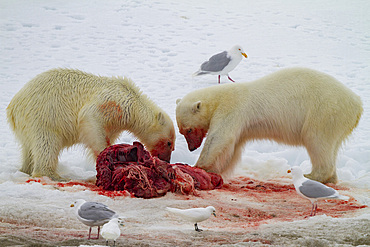
Two young polar bears (Ursus maritimus), feeding side-by-side on a fresh bearded seal kill on Spitsbergen, Svalbard, Norway
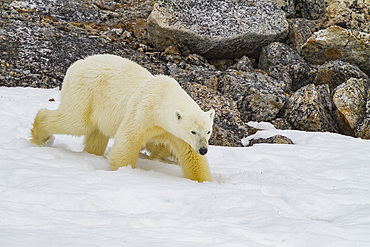
Adult male polar bear (Ursus maritimus) drawn to a fin whale carcass in Holmabukta in the Svalbard Archipelago, Norway
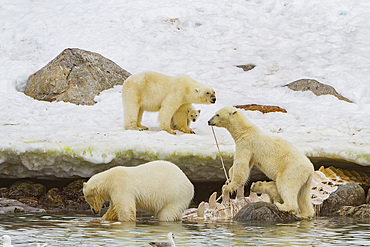
Two mother polar bears (Ursus maritimus) with cubs of the year watch a male bear feeding on a fin whale carcass in Svalbard, Norway
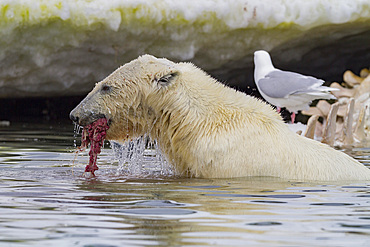
Young male polar bear (Ursus maritimus), feeding on a fin whale carcass in Holmabukta in the Svalbard Archipelago, Norway
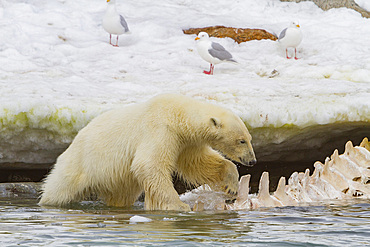
Young male polar bear (Ursus maritimus), feeding on a fin whale carcass in Holmabukta in the Svalbard Archipelago, Norway
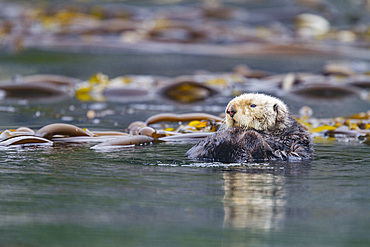
Adult sea otter (Enhydra lutris kenyoni) in kelp bed in Inian Pass, Southeastern Alaska, United States of America
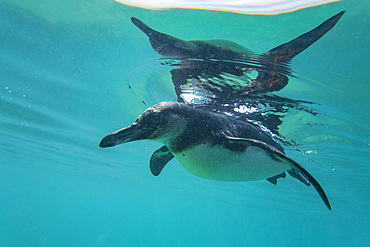
Galapagos penguin (Spheniscus mendiculus) feeding underwater on small baitfish in the Galapagos Islands, UNESCO World Heritage Site, Ecuador, South America
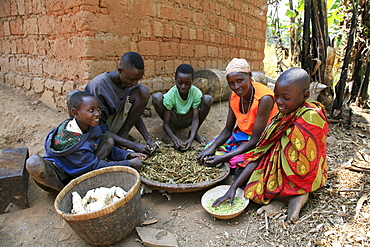
Burundi nduwamahoro, active non,violence peace building project, supported by sciaf. In the home of grandmother ntezahorigwa pelagie, 60. The family preparing food: taking beans from their pods, cleaning peas and peeling cassava, their staple diet.
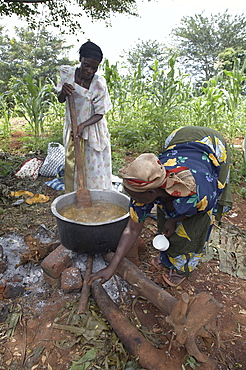
Uganda cooking matoke, steamed bananas, the staple diet, on a large open fire for a feast day. kangulumira, kayunga district
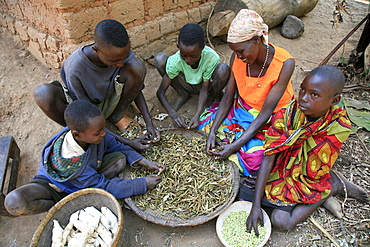
Burundi nduwamahoro, active non,violence peace building project, supported by sciaf. In the home of grandmother ntezahorigwa pelagie, 60. The family preparing food: taking beans from their pods, cleaning peas and peeling cassava, their staple diet.
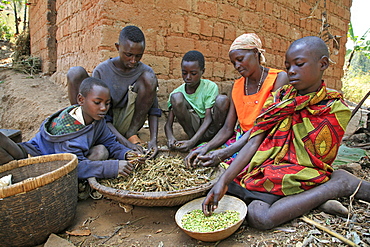
Burundi nduwamahoro, active non,violence peace building project, supported by sciaf. In the home of grandmother ntezahorigwa pelagie, 60. The family preparing food: taking beans from their pods, cleaning peas and peeling cassava, their staple diet.
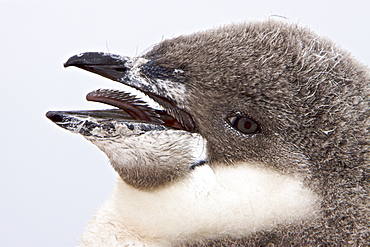
Chinstrap penguin (Pygoscelis antarctica) chick head detail at colony on Useful Island near the Antarctic Peninsula. There are an estimated 2 million breeding pairs of chinstrap penguins in the Antarctic peninsula region alone, perhaps as many as 7.5 million breeding pairs in all of Antarctica. Their name derives from the narrow black band under their heads which makes it appear as if they are wearing black helmets, making them one of the most easily identified types of penguin. Other names for them are "Ringed Penguins", "Bearded Penguins", and "Stonecracker Penguins" due to their harsh call. They grow to 68 cm (27 in). The average adult weight of a Chinstrap Penguin is 4.5 kg (10 lbs). Weight can range from 3 to 6 kg (6.6-13.2 lbs), with males being slightly larger and weight varying based on where the penguin is in the breeding cycle. Their diet consists of krill, shrimp, and fish. On land they build circular nests from stones, and lay two eggs, which are incubated by both the male and the female for shifts of five to ten days. They can also breed on icebergs, though they prefer non-icy conditions. The chicks hatch after about 35 days, and have fluffy gray backs and white fronts. The chicks stay in the nest for 20?30 days before they go to join a creche. At around 50?60 days old, they moult, gaining their adult plumage and go to sea. The Chinstrap Penguin was first described by German naturalist Forster in 1781. Its specific epithet was often seen as antarctica, however a 2002 review determined the genus Pygoscelis was masculine, and hence the correct binomial name is Pygoscelis antarcticus.

